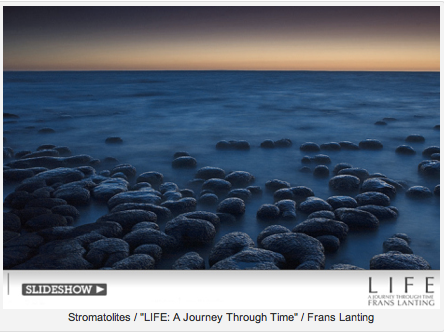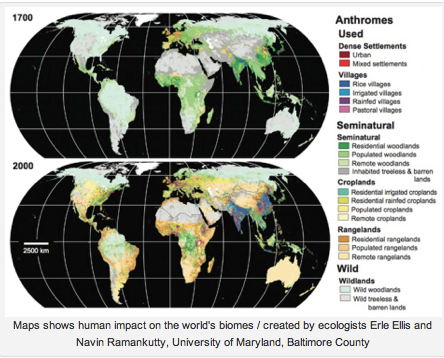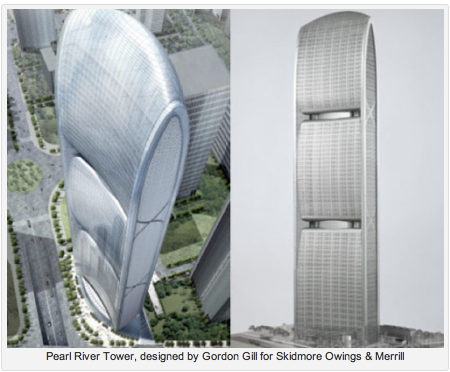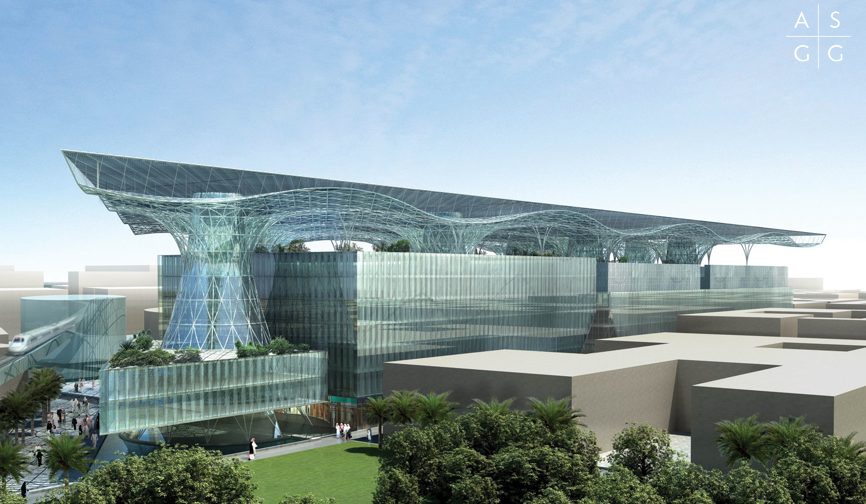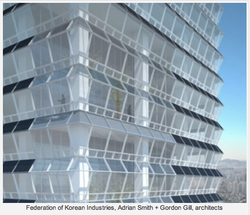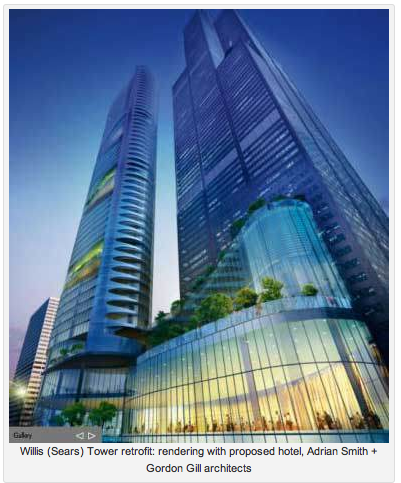This shift away from an “us versus them” mindset emerged as a subtle but important theme at the recent TEDxMidwest conference in Chicago. From design and architecture, to conservation and reforestation, a new paradigm is emerging, one that offers genuine hope for slowing climate change, biodiversity loss and even improving health care.
Leakey’s casual comment may not have seemed all that radical, but it flies in the face of conventional wisdom. Look up the word “zoonosis” and you will learn it is an animal disease that can also affect humans. By implication, then, humans are not animals. This is what every doctor is taught.
The arrogance of the definition regularly comes back to bite us—sometimes literally. Nearly 2/3′s of human maladies are zoonotic, including ebola, SARS, influenza, plague, cowpox and West Nile virus. Yet despite countless “teachable moments” over the last several years, budgets and databases, along with veterinarians and doctors, remain largely segregated. Score one for the pathogens…
Our connections to the environment are likewise profound, sometimes arching over eons. “The oxygen exhaled by stromatolites is what we all breathe today,” explained photographer Frans Lanting, during the first talk of the conference, a presentation of his famous Philip Glass-scored slideshow, “LIFE: A Journey Through Time.”
So no stromatolites, no us.
Lanting spent seven globe-trotting years, seeking out scenes true to Earth’s earliest history and evolution for his photographs. Three billion years ago, curious little stump-like structures created from massive colonies of cyanobacteria—stomatolites—ruled the world. Today, the last remaining “living fossils” are found only off the coast of Australia. Since they flourished before “before the sky was blue,” Lanting photographed them in twilight.
Fast forward to the present and humans have bumped the stumps off the pedestal of champion planetary engineers. You would have to look far beneath the surface to underground lakes, deep sea thermal-vent ecosystems and Verne-imagined center-of-the-earthscapes to find somewhat pristine wilderness. Even there, though, since the weight of rising sea levels caused by man-mediated climate change has altered pressures along geological fault-lines, our collective carbon footprint can be felt.
The holocene era, according to a growing cadre of scientists, has given way to the anthropocene, a new geological age defined by human impact on the world’s ecosystems. Maps charting “anthromes”—biomes that take human influence into account—reveal the extent and speed of our species’ global conquest. In a few short centuries, we have tilled, industrialized, deforested, drilled, paved and sprawled our way into just about every nook and cranny. Changing the world may be what we do best.
RAINFORESTS, APES (HAIRY & OTHERWISE) & ECOSYSTEMS THINKING
Willie Smits first wow’ed the TED crowd with a talk in 2009 outlining a scheme to rebuild Indonesian rainforests using the sugar palm: a prodigious sap-producer that thrives on degraded land and only grows in polycultures:
| |
- Unlike the oil palm, which lends itself to vast plantations that shred biodiversity and produce only palm oil, a sugar palm-based polyculture produces dozens of forest products, from ethanol and fruit, to sugar and wood.
- Oil palms require fertilizers and pesticides. Sugar palm polycultures enrich and stabilize land.
- Rainforests burned to make way for oil palms have bumped tiny un-industrialized Borneo to the #3 spot for global CO2 emissions. Planting sugar palms can re-start the “rain machine,” promoting cloud formation and cooling.
- Run-off from oil palm plantations fouls watersheds and contributes to flooding. Sugar palm polycultures soak up heavy rains and help keep watersheds healthy.
- Oil palm plantations mean the extinction of orangutans and almost every other native forest inhabitant. Sugar palm polycultures are about stability through complexity. The more, the merrier, bio-wise.
- Sugar palm polycultures produce more jobs than monoculture oil palm plantations
Smits developed techniques to keep the fast-fermenting sugar palm juice stable for 24 hours and designed a processing plant that can be packed into three containers, flown into the jungle via helicopter and set up with almost “plug’n'play” ease. Once a village commits to the plan, it is fairly straightforward to jump-start resilient, eco-friendly economic development.
This is as much a jobs program as it is a reforestation project, and a way to help save our red primate cousins. It is about helping people where they live, rather than forcing them to uproot and become economic migrants competing for work in ever-expanding cities. The human cultural component is an integral part of habitat restoration.
BIOMIMICRY AND BIG TALL BUILDINGS
While Smits focuses on finding village-level answers in the rainforest, Chicago-based architect Gordon Gill seeks to “green” cities by reimagining the quintessential nature-defying structure: the skyscraper. A whopping 70% of greenhouse gas emissions are building-related, so it is a promising area for serious move-the-dial improvement. Rather than simply try to reduce a building’s carbon footprint, however, Gill would like to see it disappear altogether. Better yet, he wants buildings to go net positive, generating more energy than they consume.
No longer does form follow function. Gill has updated Louis Sullivan’s famous dictum for the 21st century: Now form follows performance, driven by a “synthesis of nature and technology.”
The 71-story Pearl River Tower in Guangzhou, China, set to open next year, generates its own energy through wind turbines integrated into the building’s structure. The design funnels air into the turbines, serendipitously lightening the load, saving enough money to cover construction costs of half a dozen stories. Vertical solar panels accent east and west-facing facades. Everything about the building relates to its environmental context. It is literally shaped by forces we cannot see.
Gill’s firm itself is set to take on the largest green retrofit project in the city, or indeed, anywhere, ever: Willis (nee Sears) Tower. The estimated $200-to- $300 million project includes replacing 16,000 windows, installing more efficient lighting and plumbing systems and planting some experimental green roofs. The payback is expected to take 26 years, but enough energy will be saved to cover the needs of a proposed high-rise hotel to be built next door.
RELATED READING, VIDEO:
- Human Influence on Ecology Mapped: an interview with Erle Ellis / Discovery News (video)
- human landscapes: a blog about people and nature / Laboratory for Anthropogenic Landscape Ecology
- Laboratory for Anthropogenic Landscape Ecology / University of Maryland Baltimore County (UMBC) (website)
- Restoring clear-cut rainforests, saving ecosystems and the orangutan / Interview with Willie Smits / NPR: Worldview (audio)
- Orangutan Outreach (website)
- Positive Energy Practice / consultancy (website)
- “Zero Energy Building” (wikipedia overview)


